“Ho! Ho! Ho! To the bottle I go
To heal my heart and drown my woe
Rain may fall, and wind may blow
And many miles be still to go
But under a tall tree will I lie
And let the clouds go sailing by”
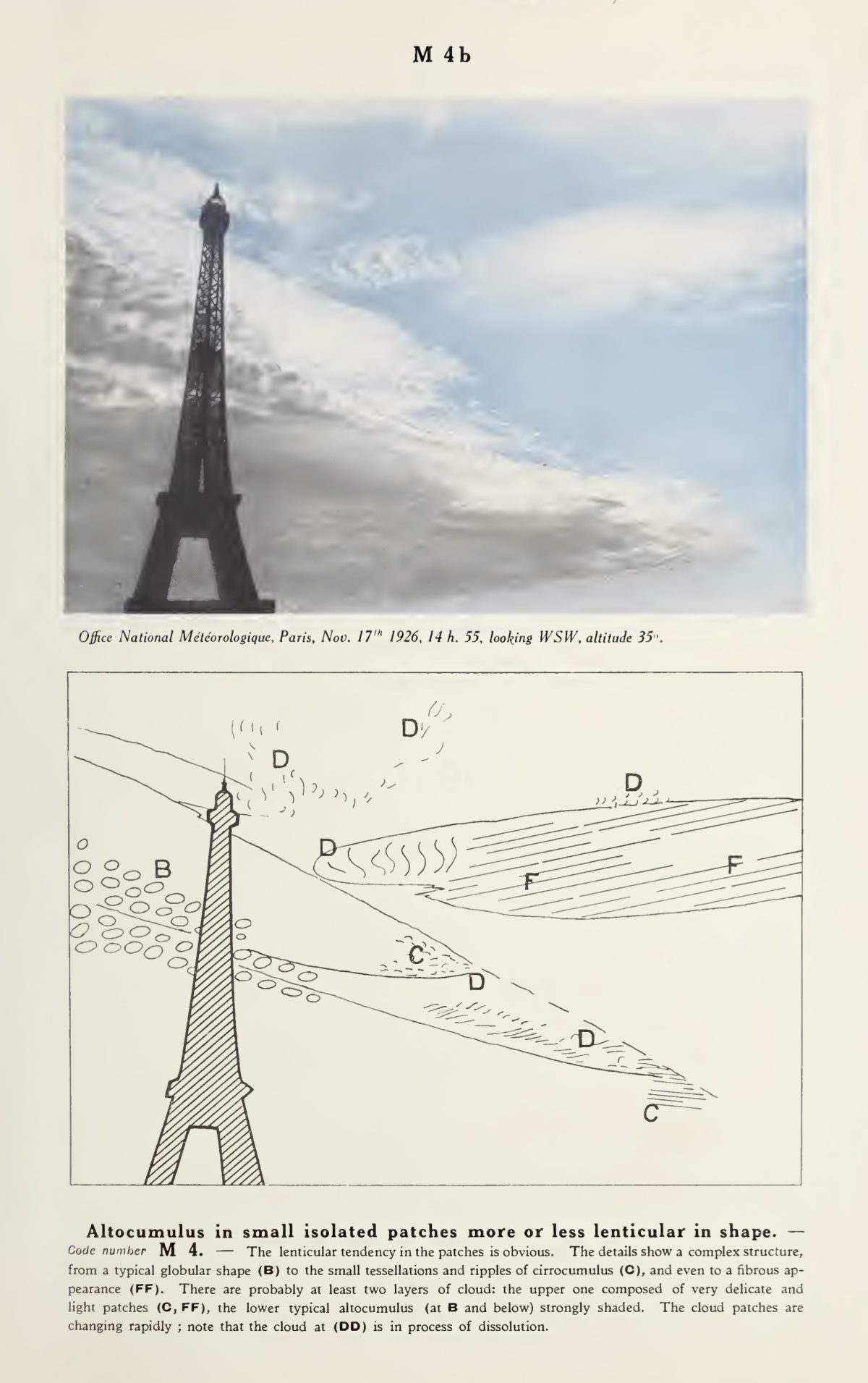
Around the beginning of the 19th Century, there was a fashion for cloud atlases. Their rise was most likely linked to the age’s spirit for adventure, when industrialisation was making the world smaller and travel by hot-air balloon offered humanity a god-view. But you can only see the world below if the weather is right. So predicting the weather became increasingly important, and that meant understanding clouds.
And we are still learning about them. For instance, during early summer in the northern hemisphere, you might spot noctilucent clouds (NLCs) shining against the night sky. Appearing about 30 minutes after sunset in the west, NLCs are the highest known clouds that form in Earth’s atmosphere, existing at an altitude of around 50 miles (80km). But we don’t know how they form. Scientist think they’re made from ice crystals, but can’t explain how the water molecules reach so high in the atmosphere.
In the 1930s, the Paris-based Office National Météorologique published its International Atlas of Clouds and of States of the Sky. Used to educated weather forecasters and meteorologists,the atlas contains detailed descriptions and images of different types of clouds, with reference to their height, shapes, rarity, their behaviour and a view of the weather the clouds indicate.
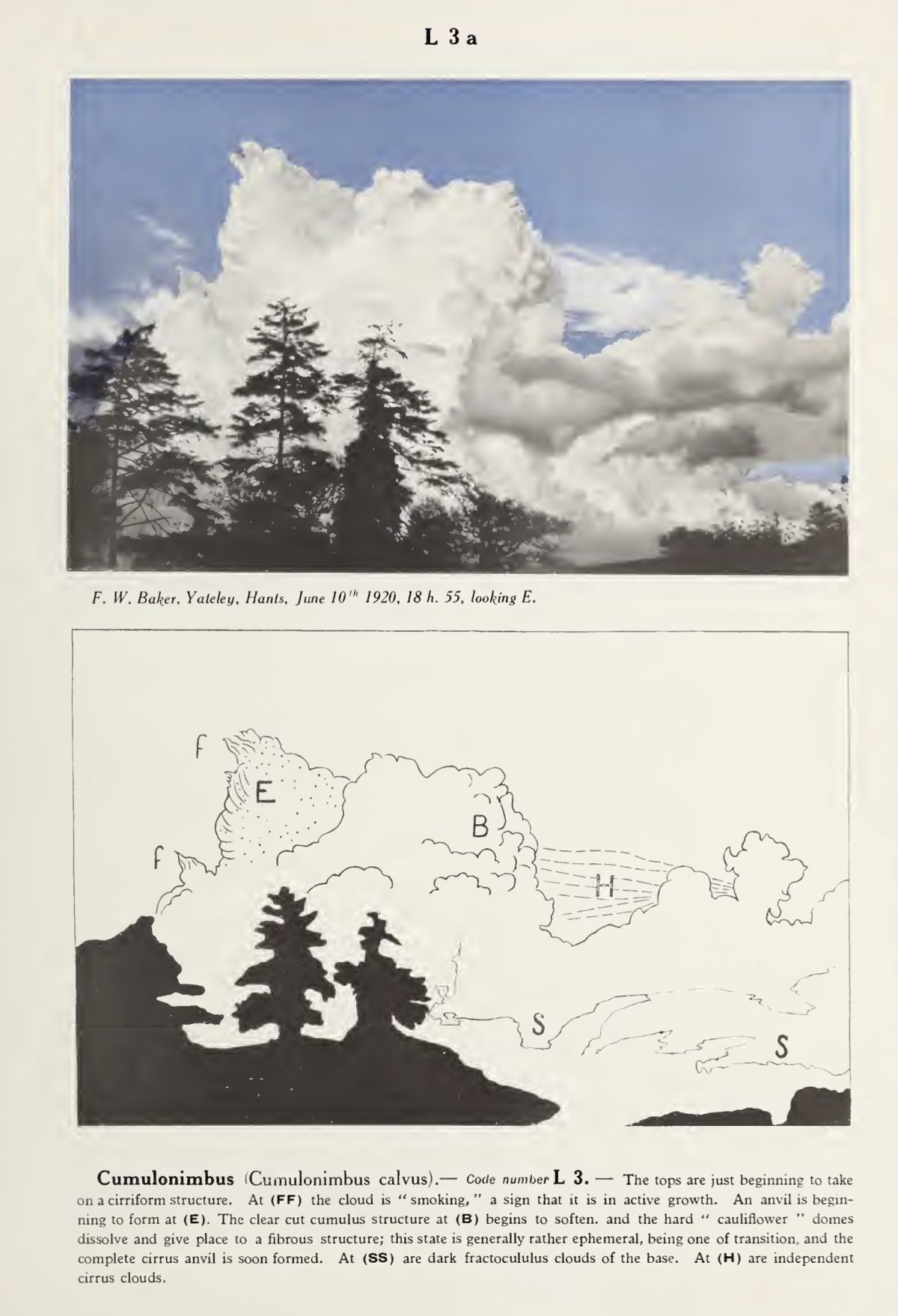
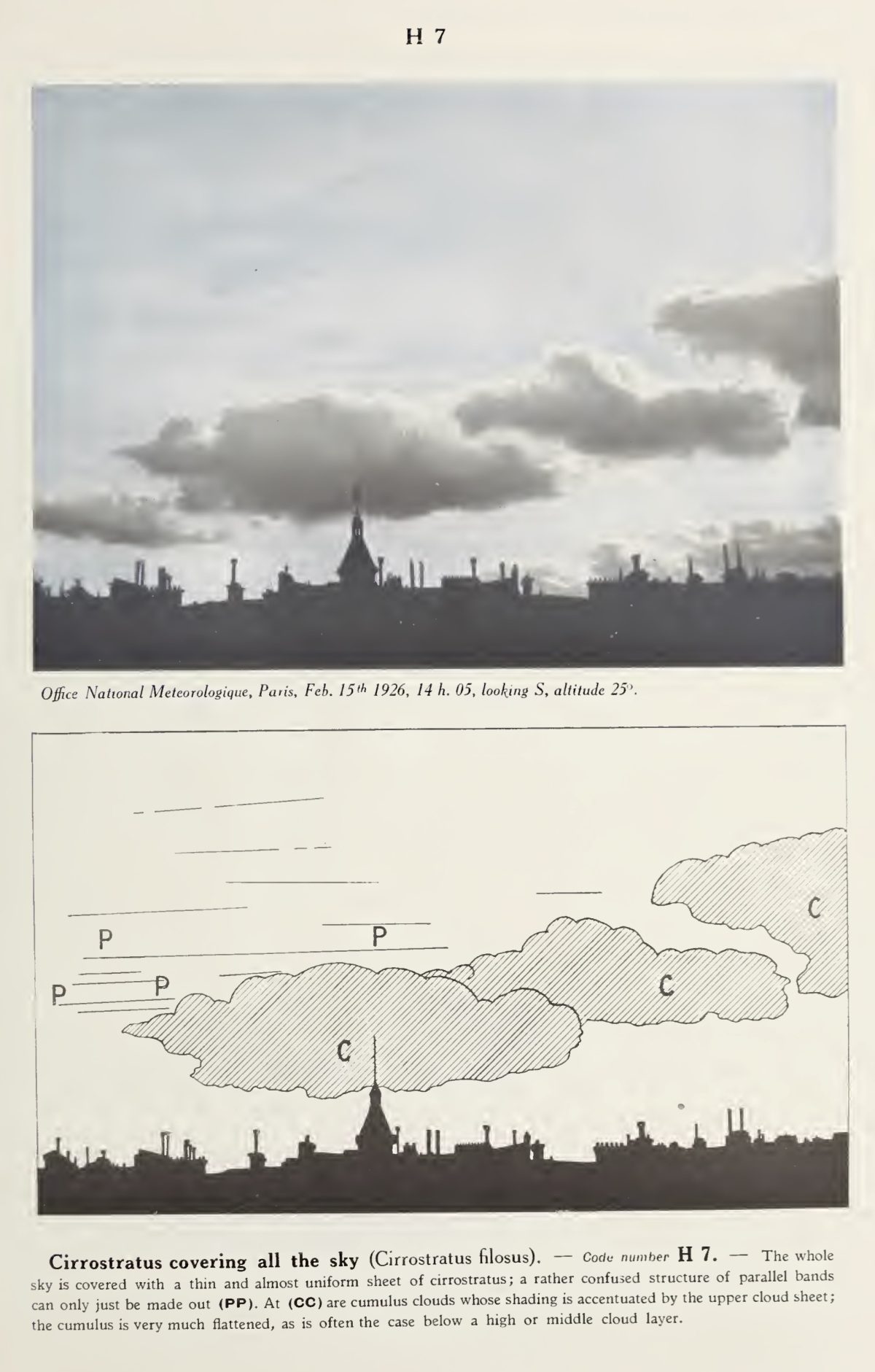
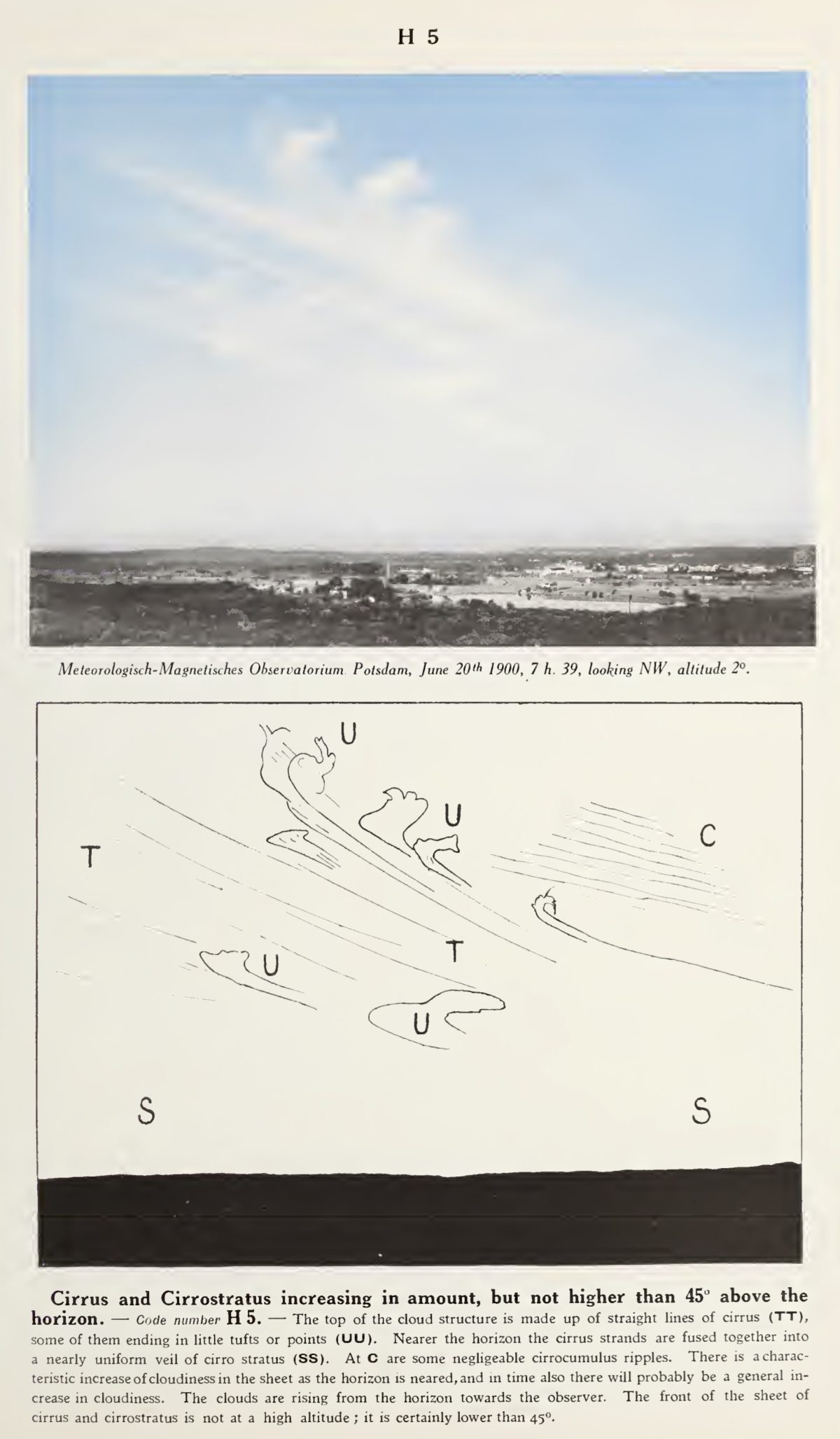
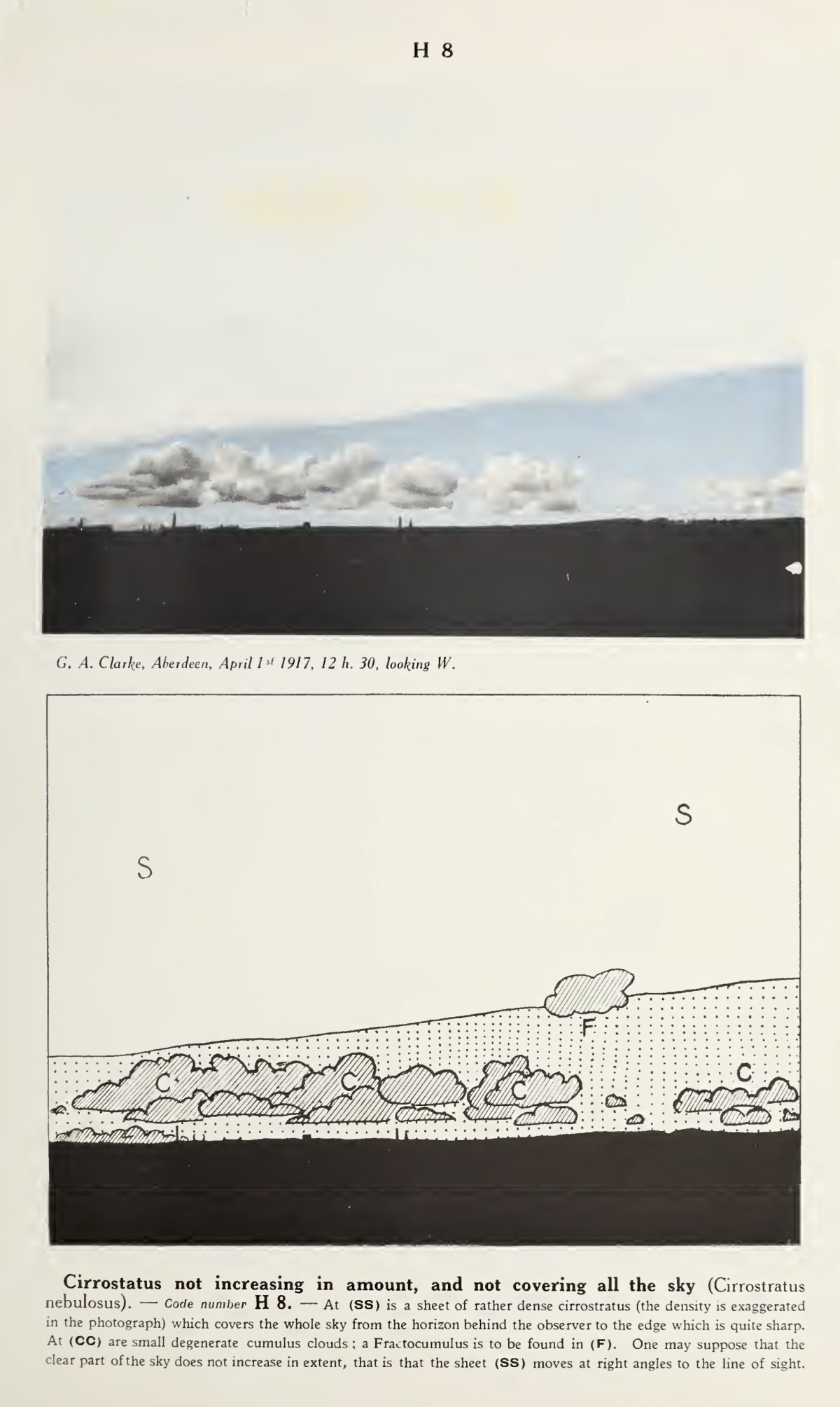
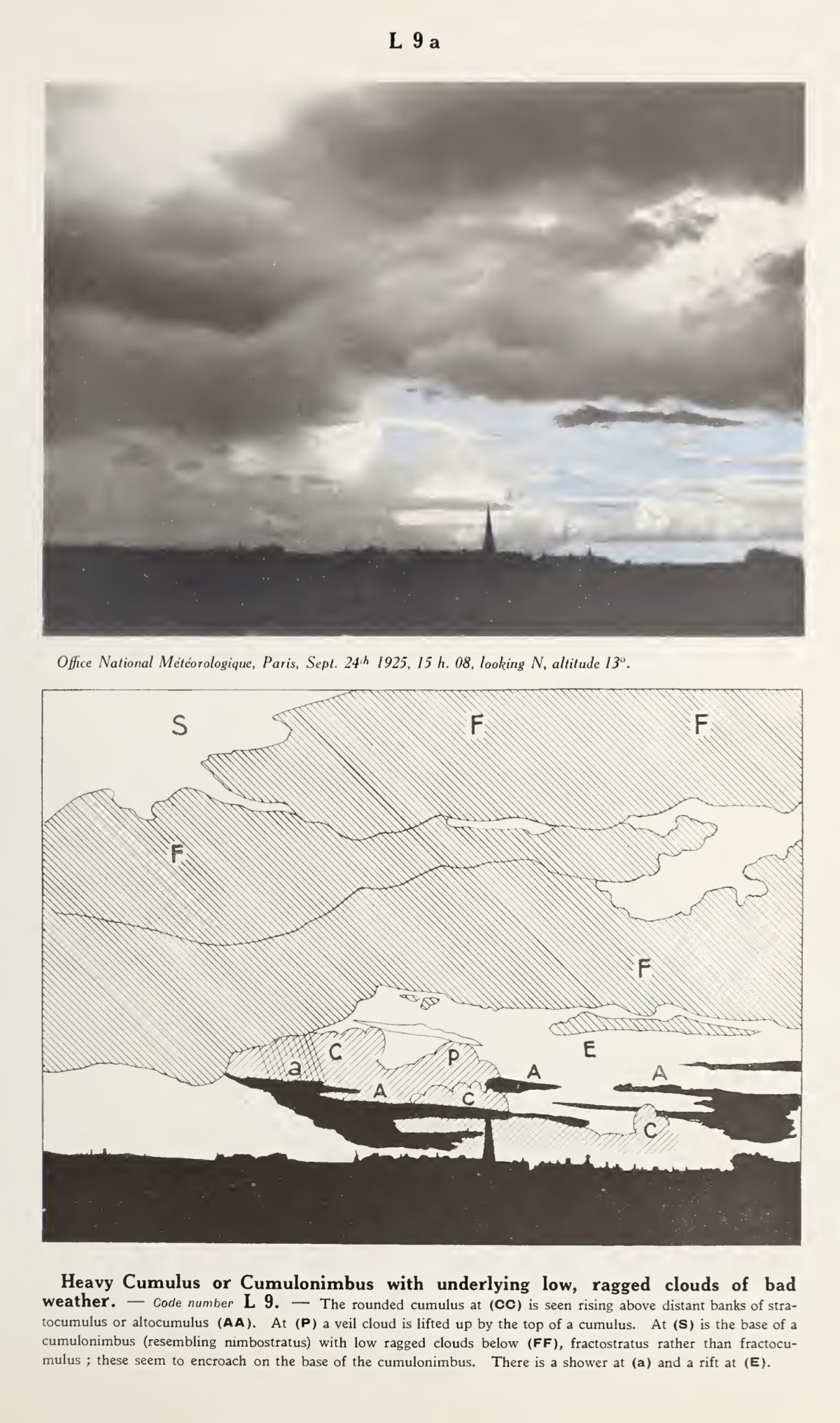
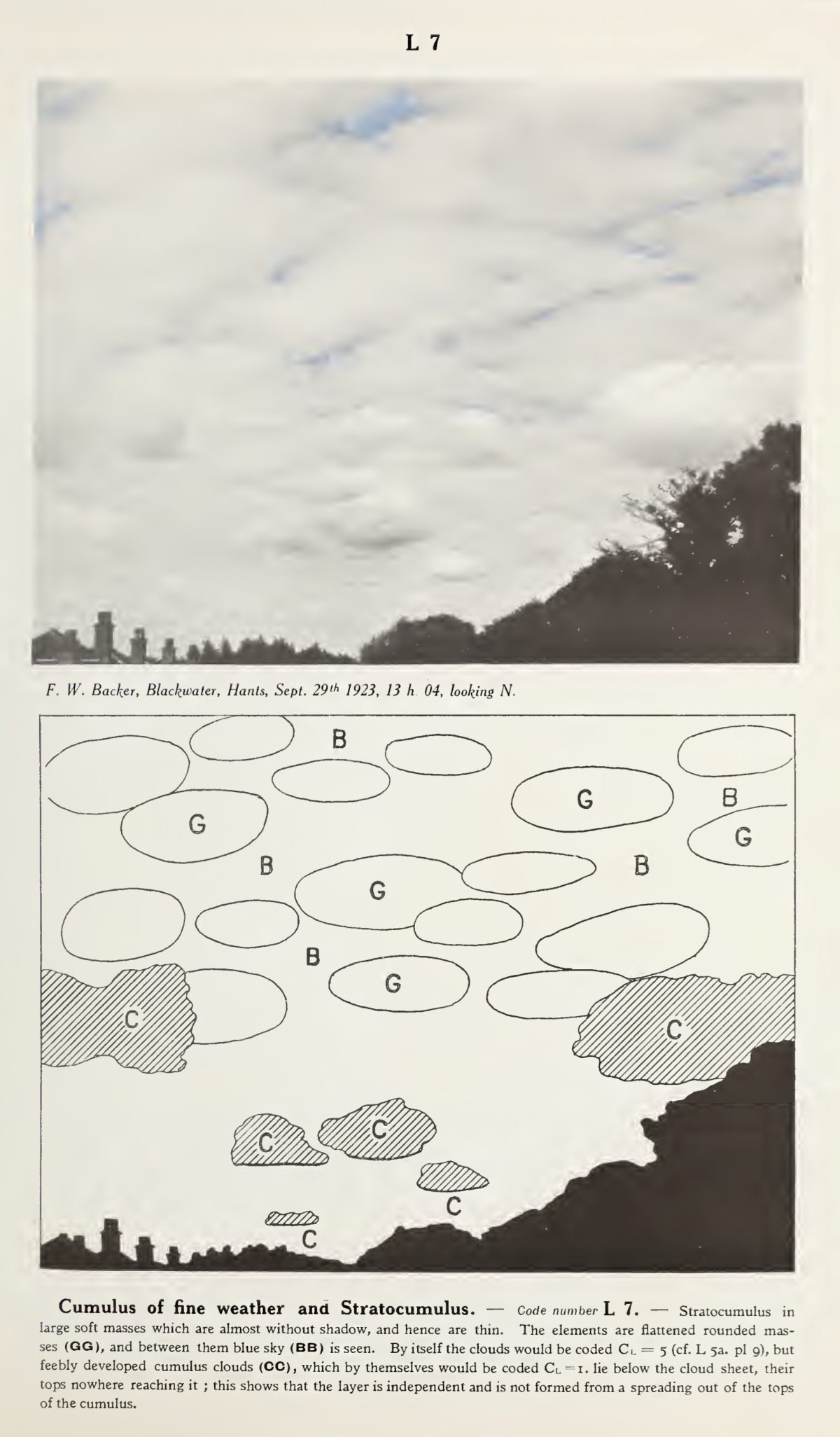
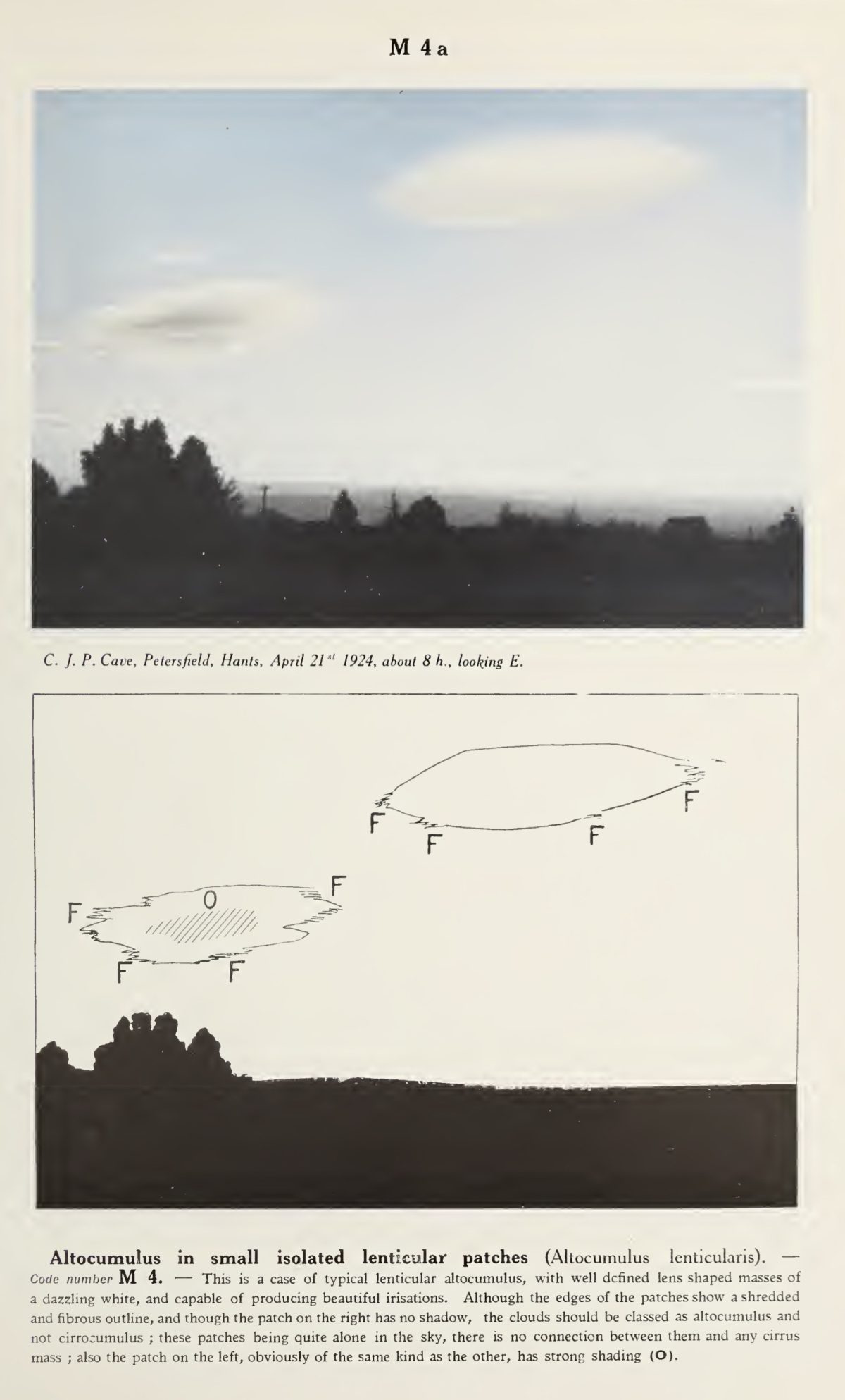
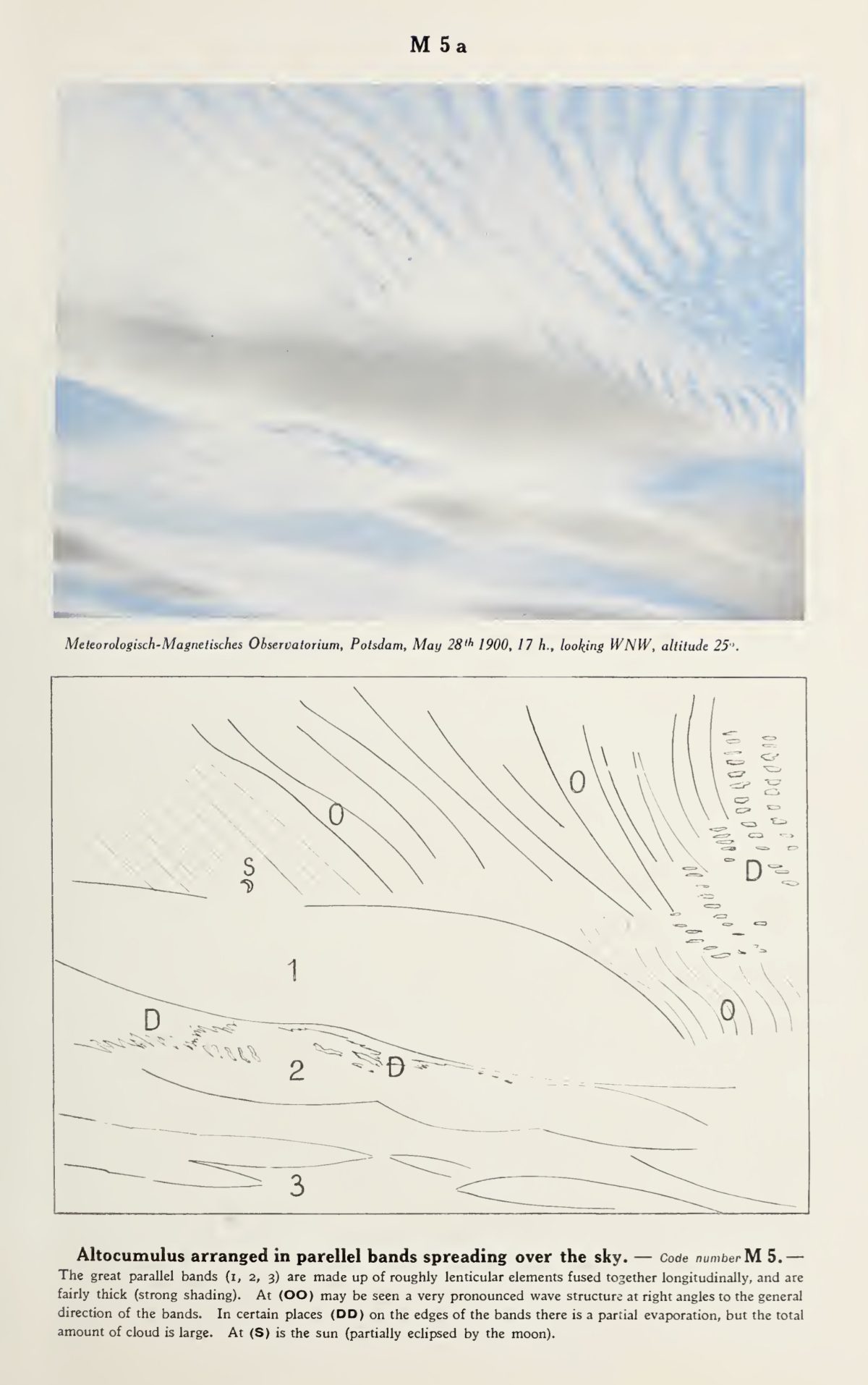
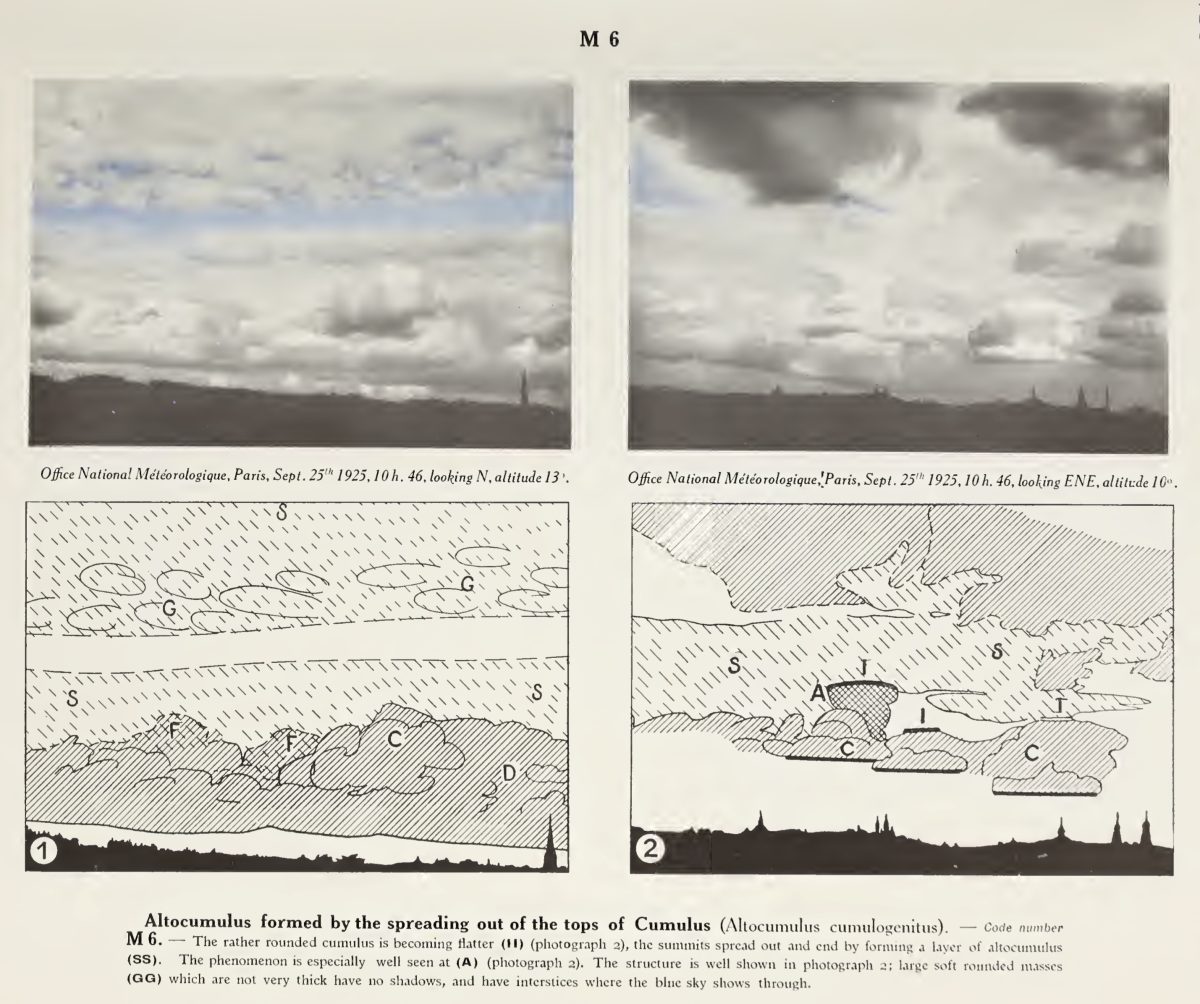
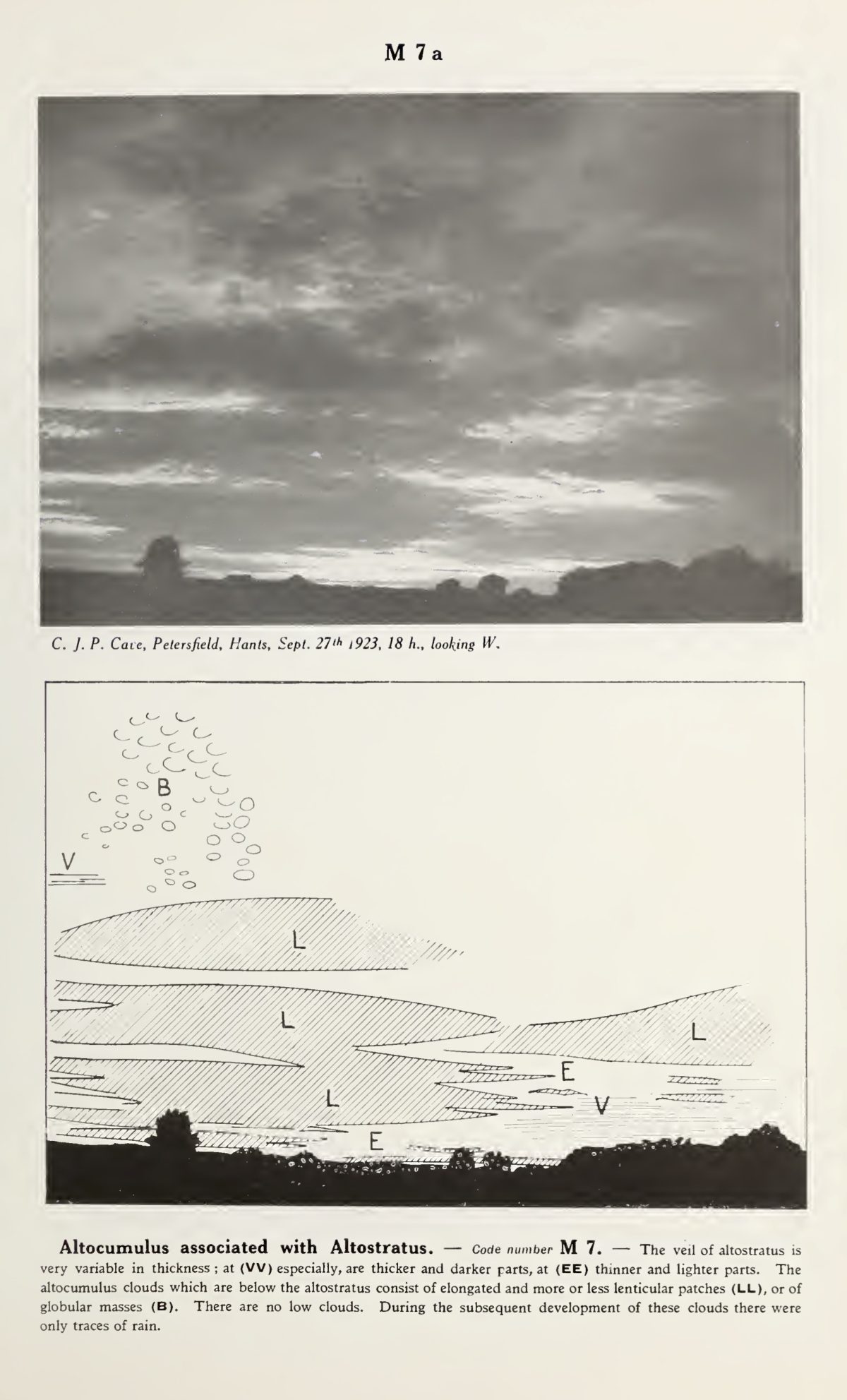
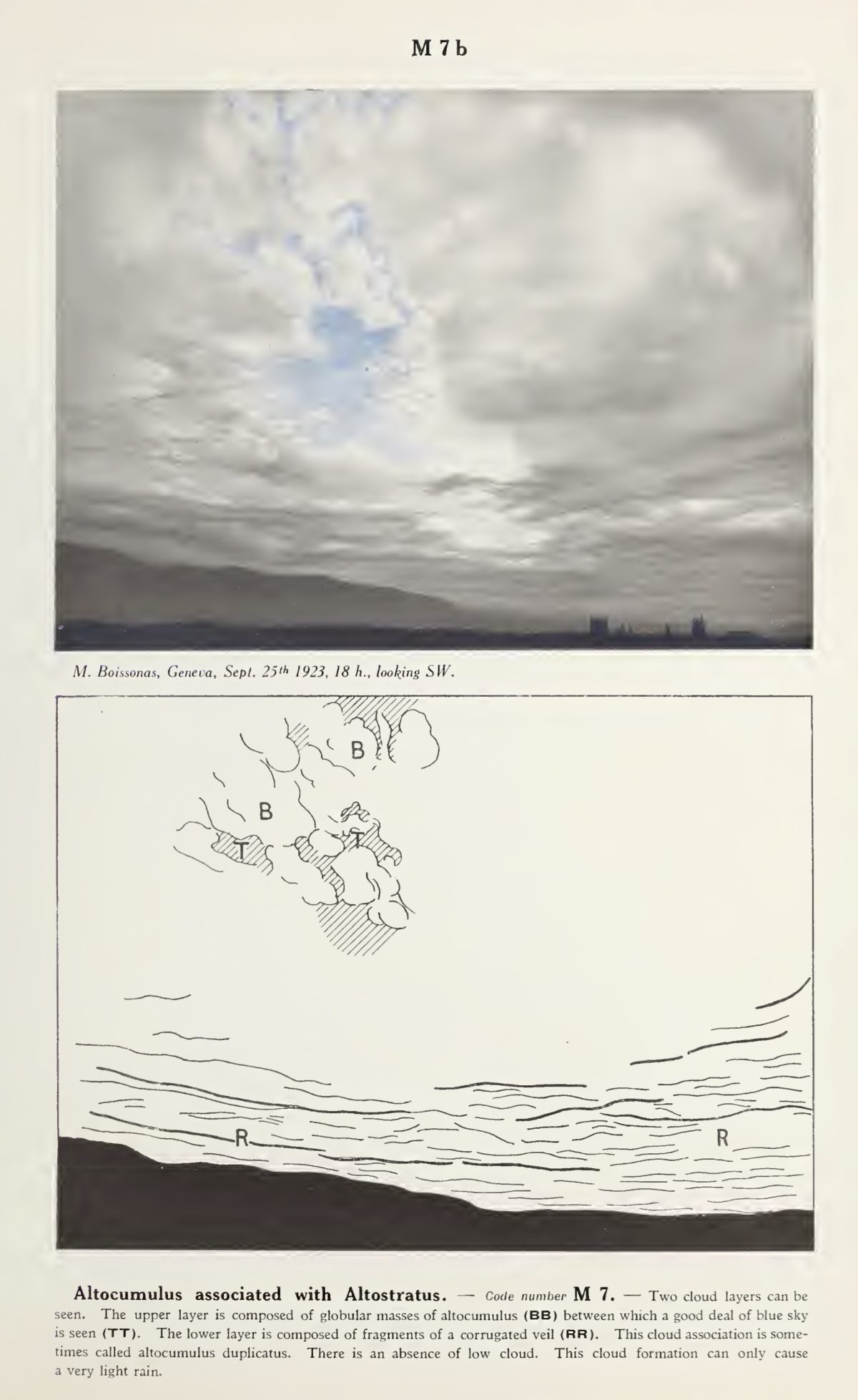
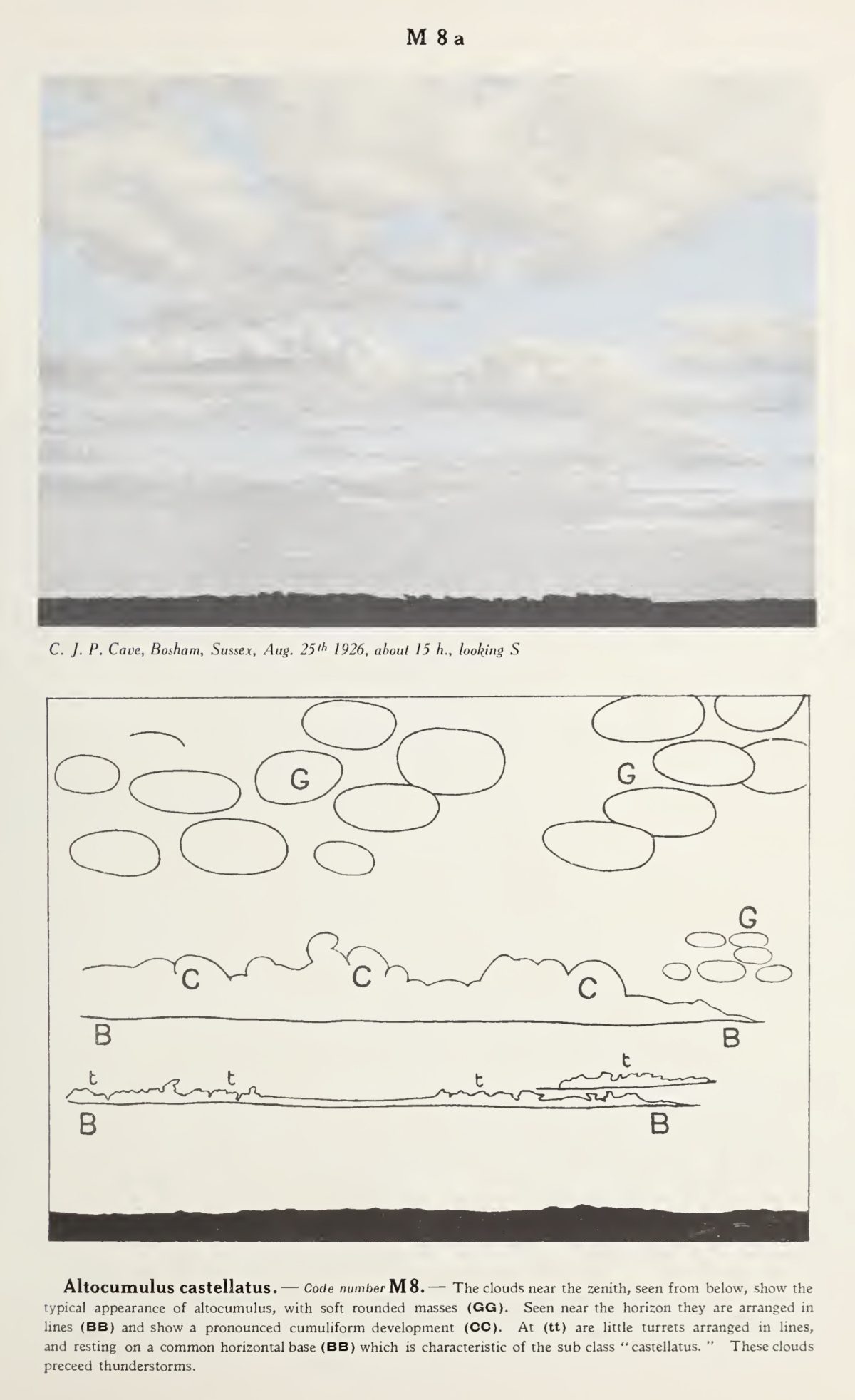
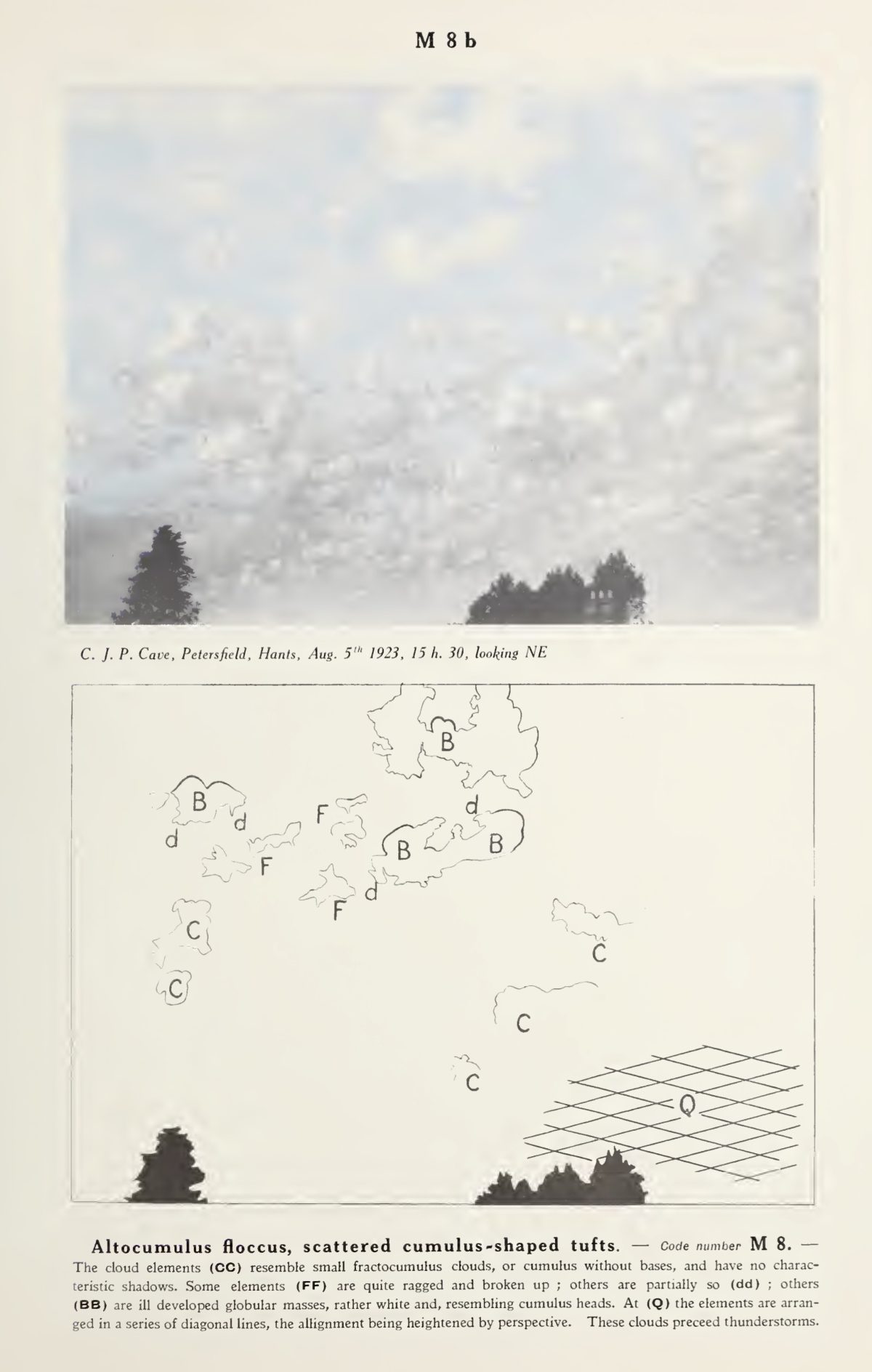

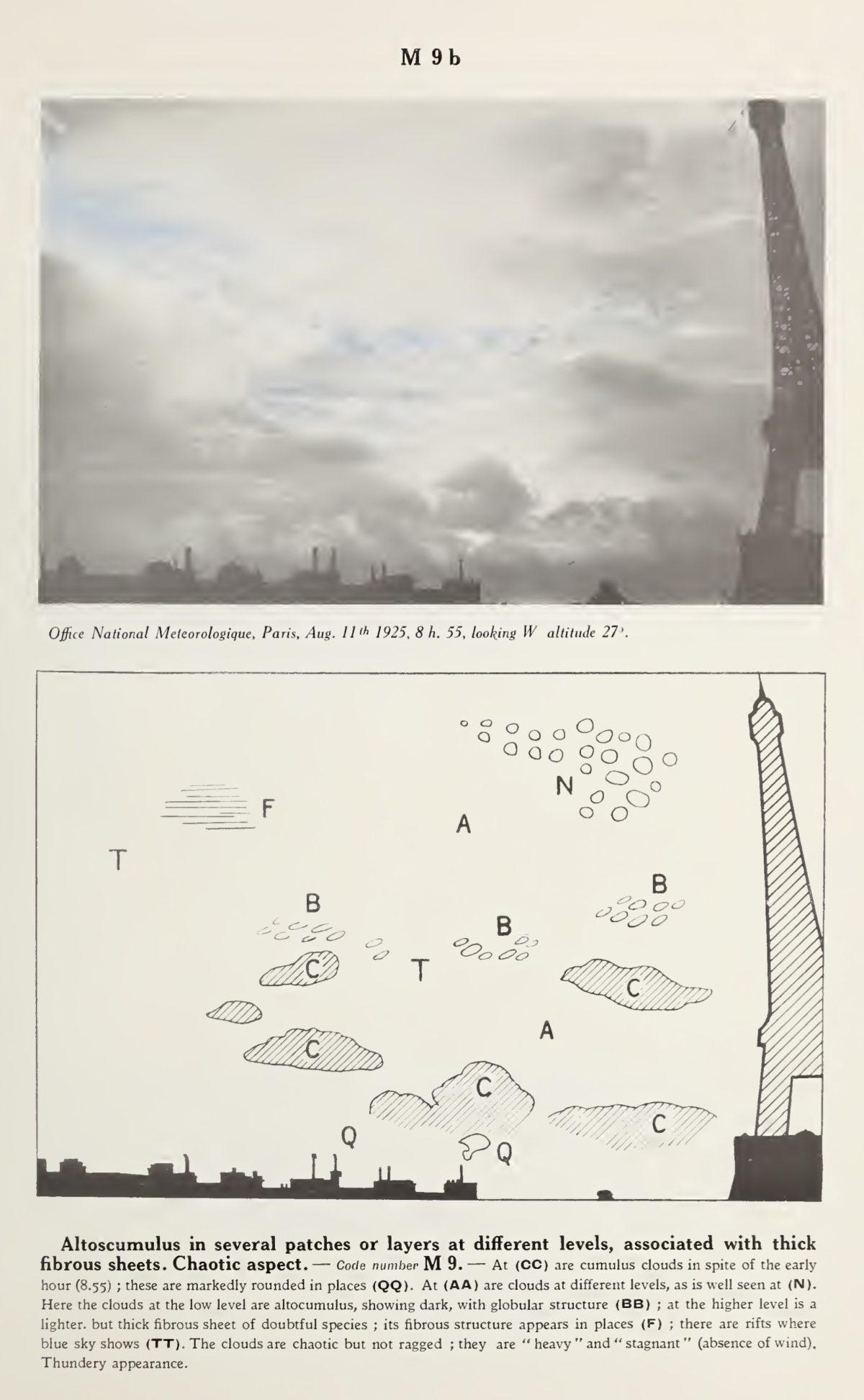
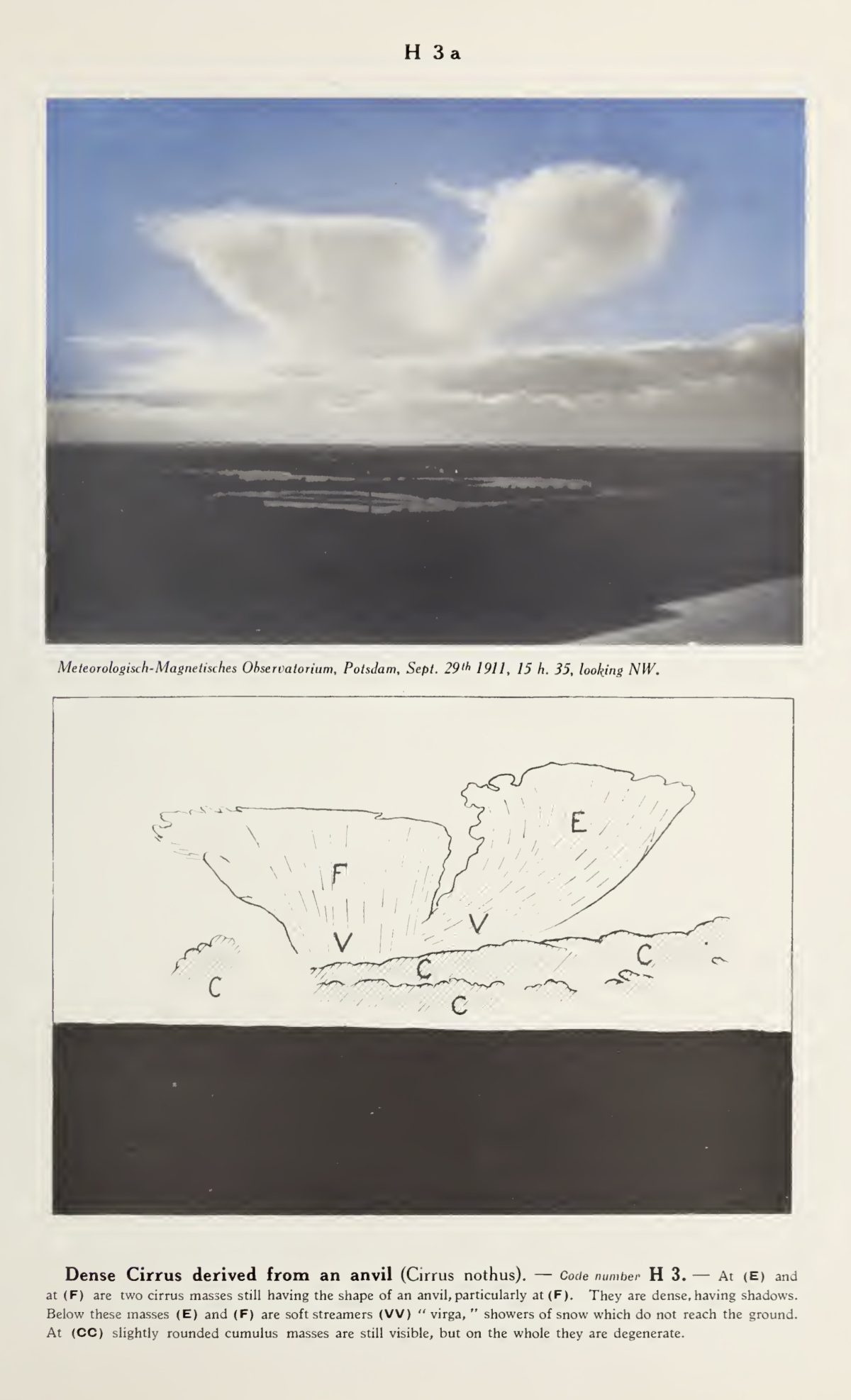
More clouds atlases:
Know Your Clouds 1966: An Animated Appreciation Of Changing Skies
How To Recognise Clouds – The International Cloud Atlas, 1896
Would you like to support Flashbak?
Please consider making a donation to our site. We don't want to rely on ads to bring you the best of visual culture. You can also support us by signing up to our Mailing List. And you can also follow us on Facebook, Instagram and Twitter. For great art and culture delivered to your door, visit our shop.









